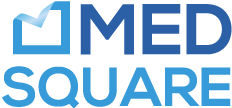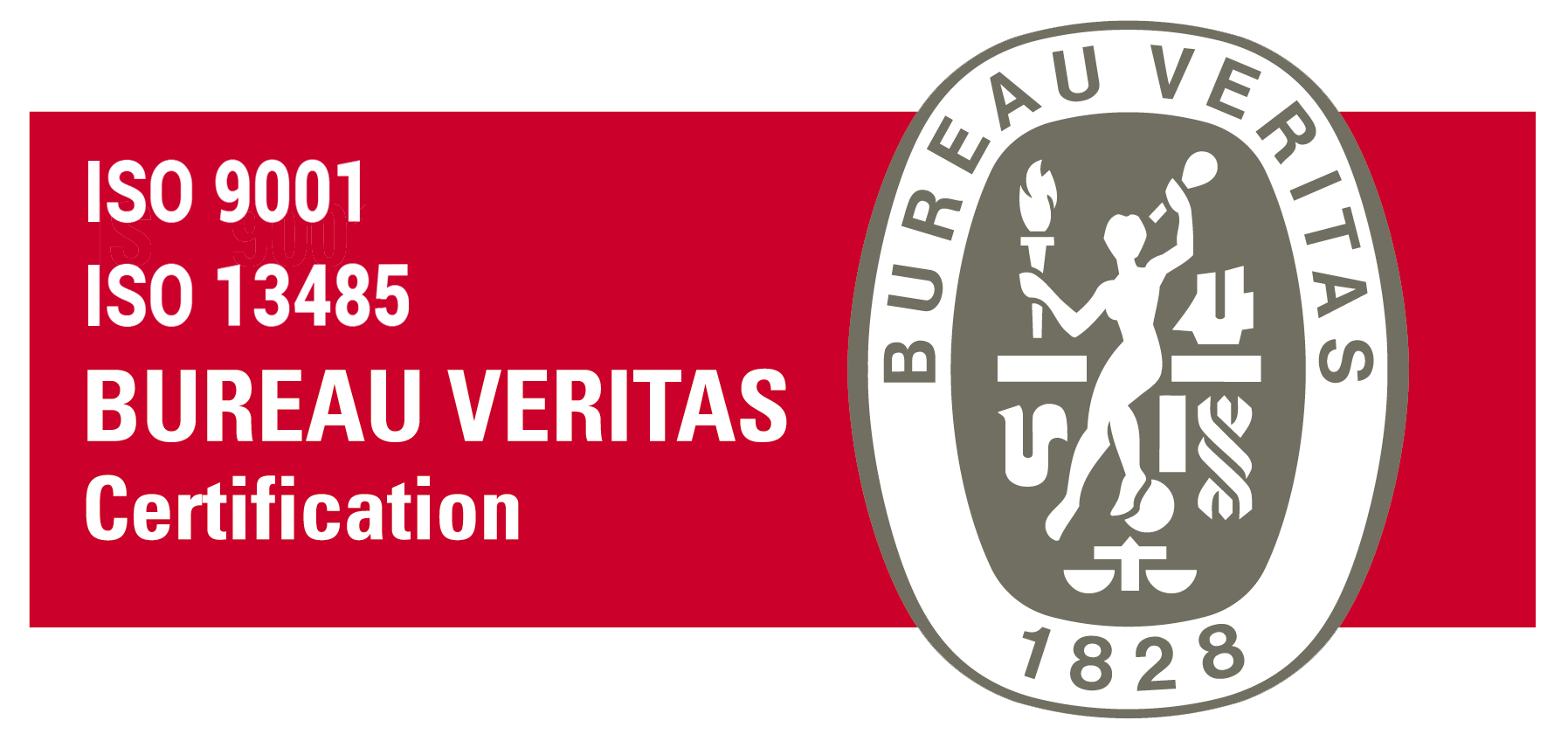Blog
6 Steps to Radiology-specific Change Management
Written by : Karen Frangie - 19/05/17 - In Blog
Technological innovations, new regulations and awareness-raising campaigns are making imaging services, particularly those in hospitals, examine in depth how they contribute to optimal patient care. Today’s modernization of the healthcare system is leading institutions to think differently and to change their practices in the interests of the patient.This is the case with the Radiation Dose Monitor (RDM) solution − which, once introduced into a facility, implies a positive change in service that naturally leads to an improvement in the healthcare professionals’ practices.
Three radiology thought leaders − Howard Fleishon, Sumir Patel, and Lawrence Muroff − have recently published an article, titled ‘Change Management for Radiologists’, in the Journal of the American College of Radiology.
The article highlights the importance of successful transformation and adapting to change in the radiology field. The question that arises is how to build a process and a mechanism for change management?
Here are 6 key steps for successful change management. For each of these steps, the Radiation Dose Monitor (RDM) solution is used as an example.
1. Articulate the reason for change and create a sense of urgency
According to Fleishon, it is necessary to explain the reasons for this change and to create a sense of urgency. This can be accomplished by the approach to the implementation of the European Directive. Dose monitoring has become an important issue − especially since the release of the Euratom/2013/59 Directive, which mandates member states to have national legislation on safety standards in place by February 2018 (less than a year from now!).
2. Build the team
Change management requires creating a team and involving everyone concerned with dose management. Today, reducing and optimizing the patient dose in medical imaging is real teamwork. RDM is an ergonomic/user-friendly solution which makes it possible to naturally bring together all radiation safety professionals (watch the video). With its customizable interface, the solution is dedicated to all those responsible for the dose cycle, including radiologists, manipulators, medical physicists and heads of department.
3. Create the vision
Communicating the vision and the benefits will be required for deploying a solution. Among the benefits provided, RDM is the solution that meets the requirements of the European directive, improves the practices of professionals, and is also a quality control tool for users. Benefits that naturally provide better radiation safety and care for the patient.
4. Leverage networks
Strengthening internal relations
Change management leads to developing and promoting the network of healthcare professionals. In the case of RDM, changing means helping bridge the gap between all participants in patient radiation safety in order to optimize dose, which is a long journey of continuous improvement teamwork. In addition, internal relations are strengthened not only within the imaging department but within the hospital as a whole. For example, the RDM portfolio feature (ability to attach any file or image to the patient records) allows a complete follow-up of the patient, including all the actions carried out during his/her hospitalization.
5. Hypercommunicate
Communication is the cornerstone of change management. RDM is a decision-making tool that enables healthcare professionals to improve their practices and, at the same time, to communicate them to each other, always with a view to optimizing the dose delivered to the patient.
6. Strive for sustainability
Once a solution is installed and deployed in the process, it must work optimally over time. Therefore, it is necessary to anchor the new practices in the culture of the hospital service: a culture that is « Low-Dose » and that contributes to optimal patient care.
The authors conclude by emphasizing that radiologists will continue to face significant challenges as they go forward from here. They call for proactive change throughout the profession. Change management « is a skill set that will both enable and drive new processes, » they maintain.
« Knowledge of the principles and tools available will facilitate the implementation and sustainability of transitions for our departments and practices. »
 Download PDF
Download PDF
